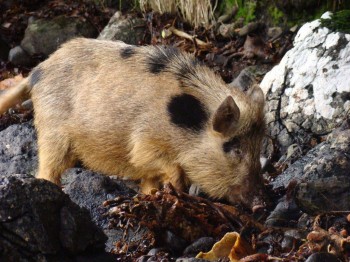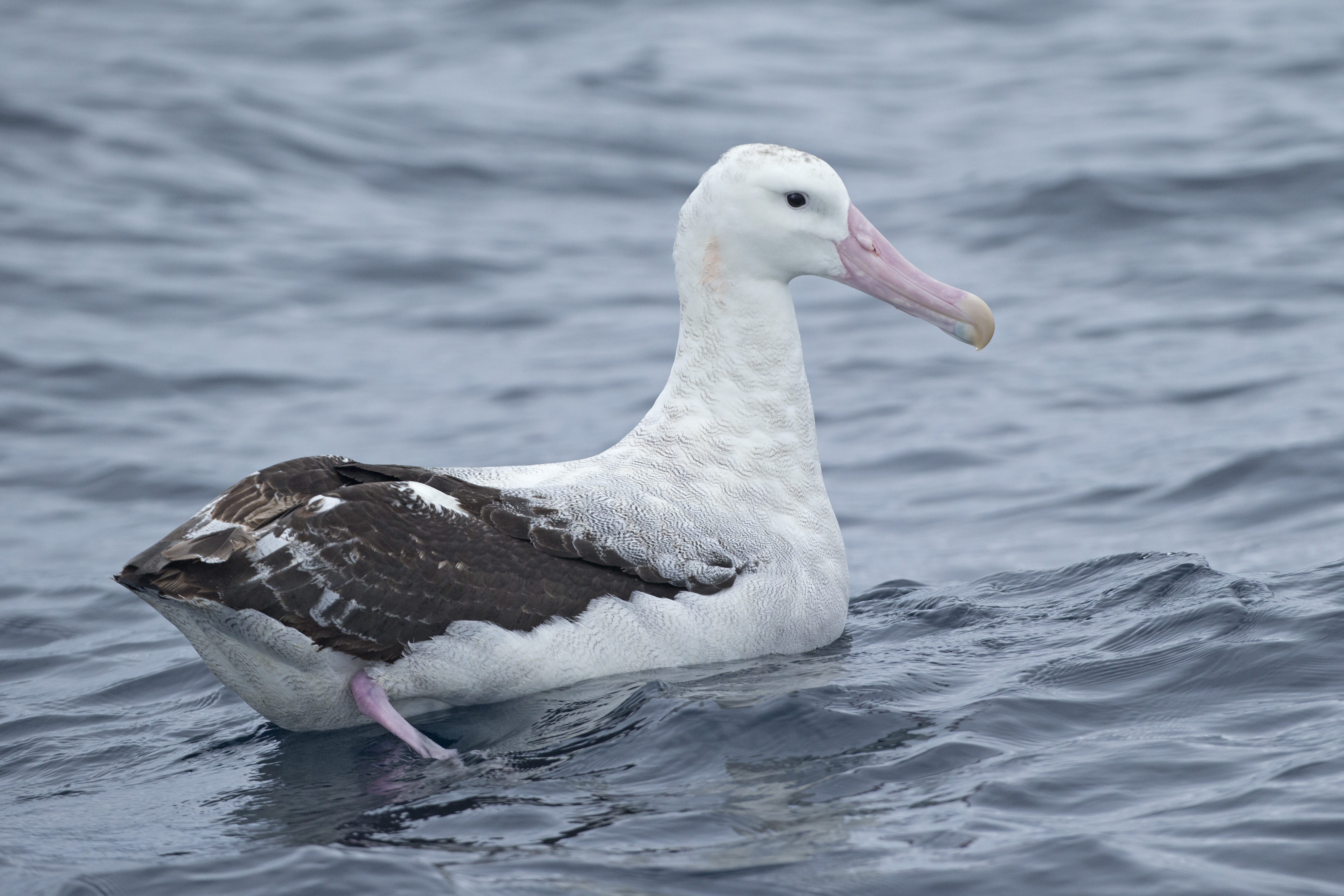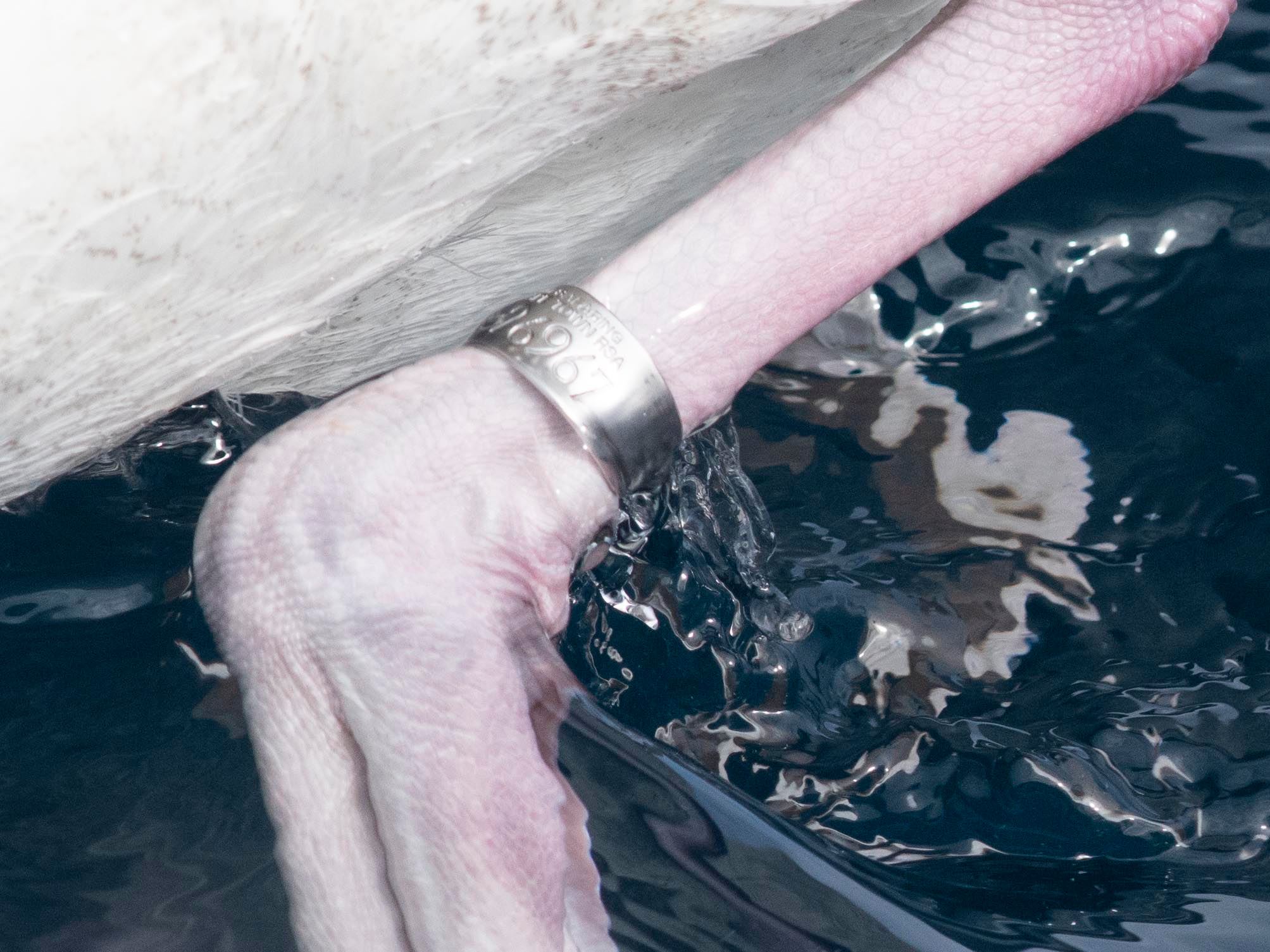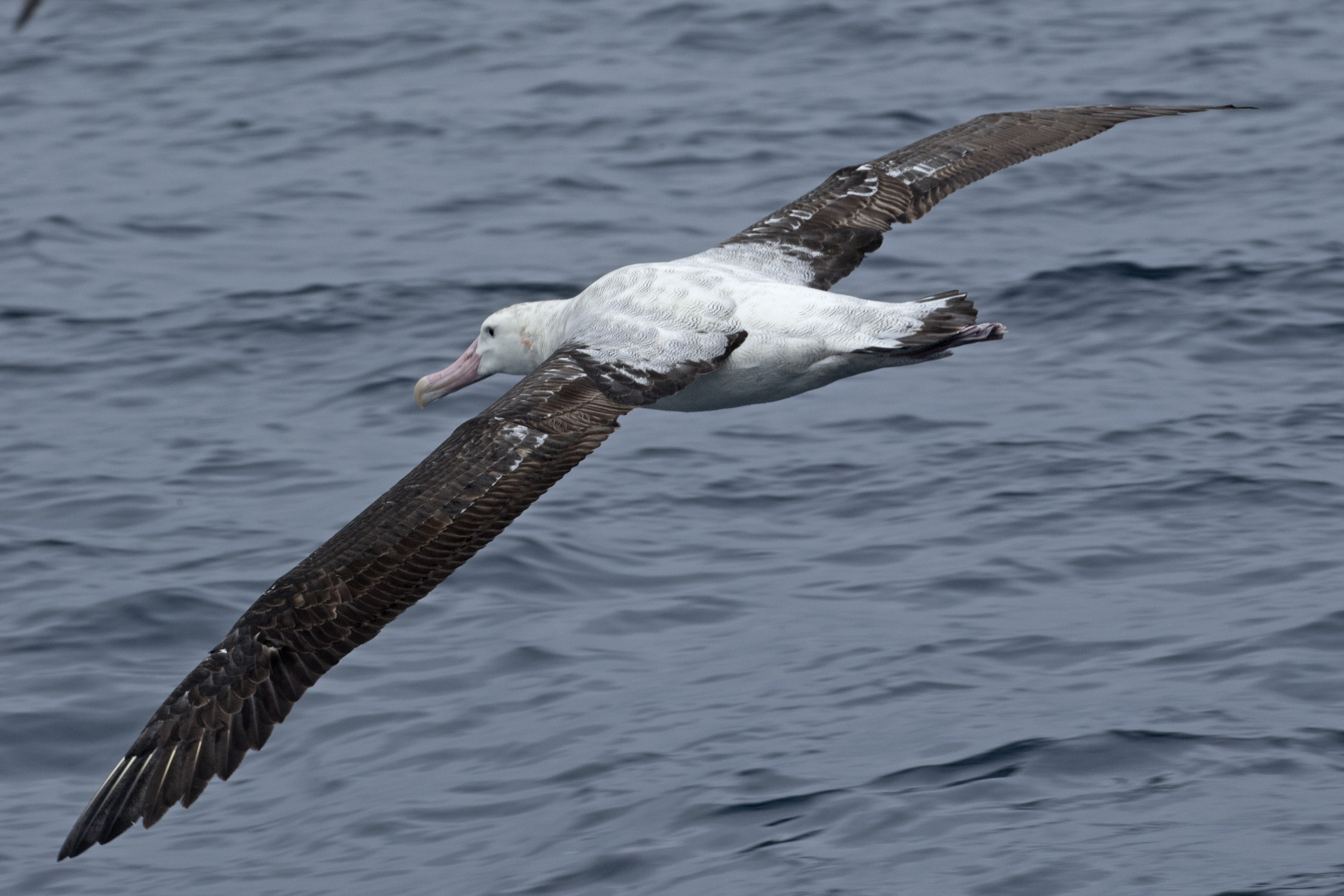Robert Flood (FitzPatrick Institute of African Ornithology, University of Cape Town, Rondebosch, South Africa) and Ashley Fisher have published in the journal British Birds giving criteria to separate three shearwater species at sea; one being the dark-plumaged form of the ACAP-listed and Critically Endangered Balearic Shearwater Puffinus mauretanicus.
The paper’s abstract follows:
“Short-tailed Shearwater Ardenna tenuirostris is an abundant species of the Pacific Ocean. We reviewed records for the Indian and Atlantic Oceans and suggest that a regular pattern of movement in these oceans is hitherto unrecognised. It follows that the vagrancy potential of Short-tailed Shearwater to the North Atlantic probably is greater than suggested by the few documented records. Short-tailed may have been overlooked or confused with the similar-looking Sooty Shearwater A. grisea and, in the northeast Atlantic, dark-plumaged Balearic Shearwater Puffinus mauretanicus. Criteria for the separation of these three species at sea are presented in a bid to establish a clearer picture of the status of Short-tailed Shearwater in the North Atlantic. Separation of Short-tailed from Sooty Shearwater builds on existing criteria; characters for separation from dark-plumaged Balearic Shearwater are new.”
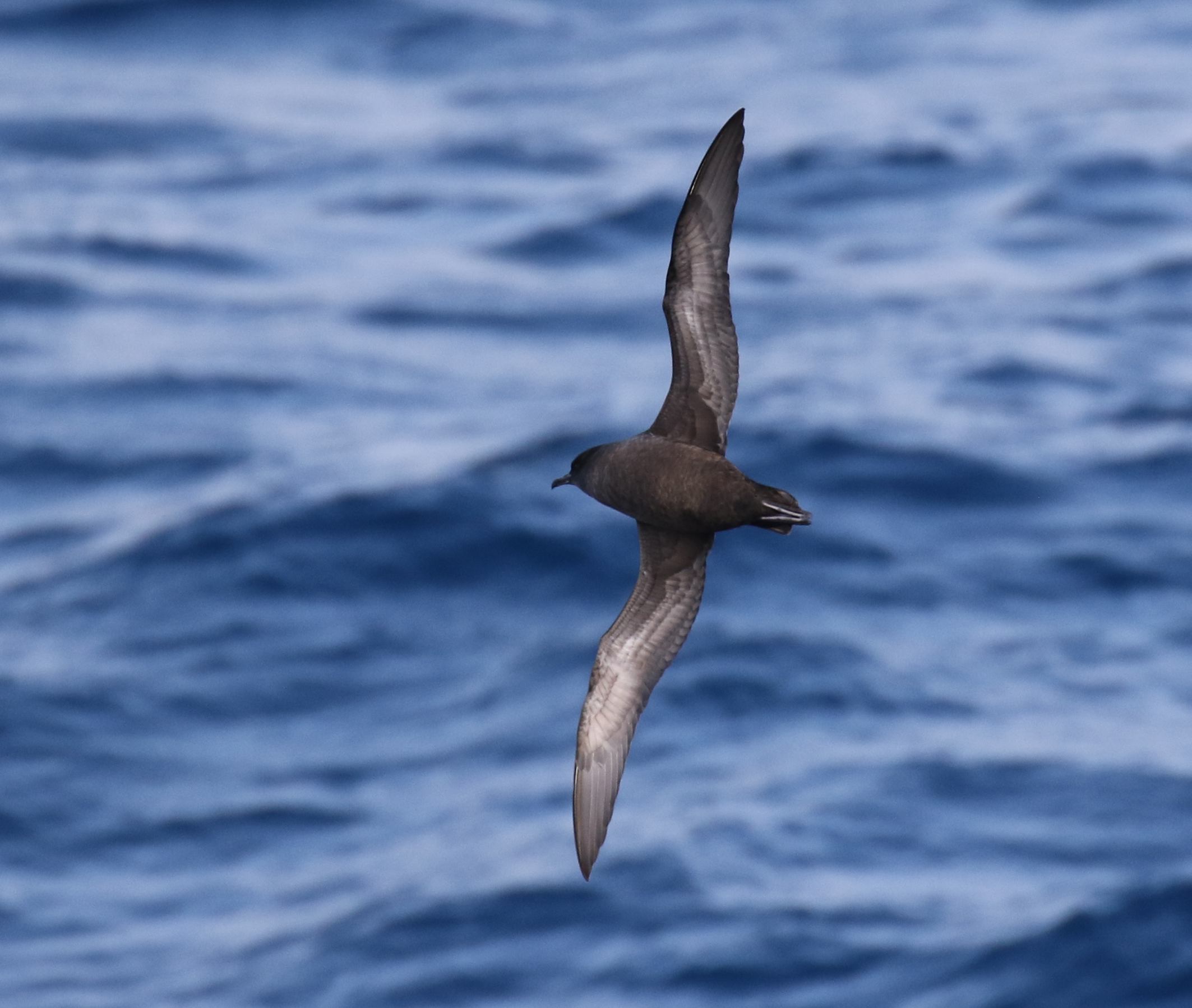
Short-tailed Shearwater at sea, photograph by Peter Ryan
Reference:
Flood, R.[K.] & Fisher, A. 2019. Identification of Short-tailed Shearwater in the North Atlantic Ocean. British Birds 112: 250-263.
John Cooper, ACAP Information Officer, 16 July 2019

 English
English  Français
Français  Español
Español 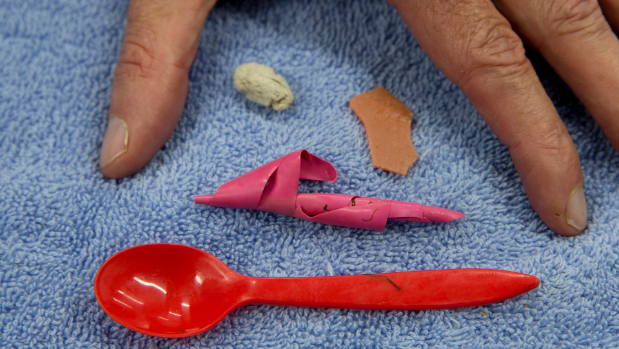
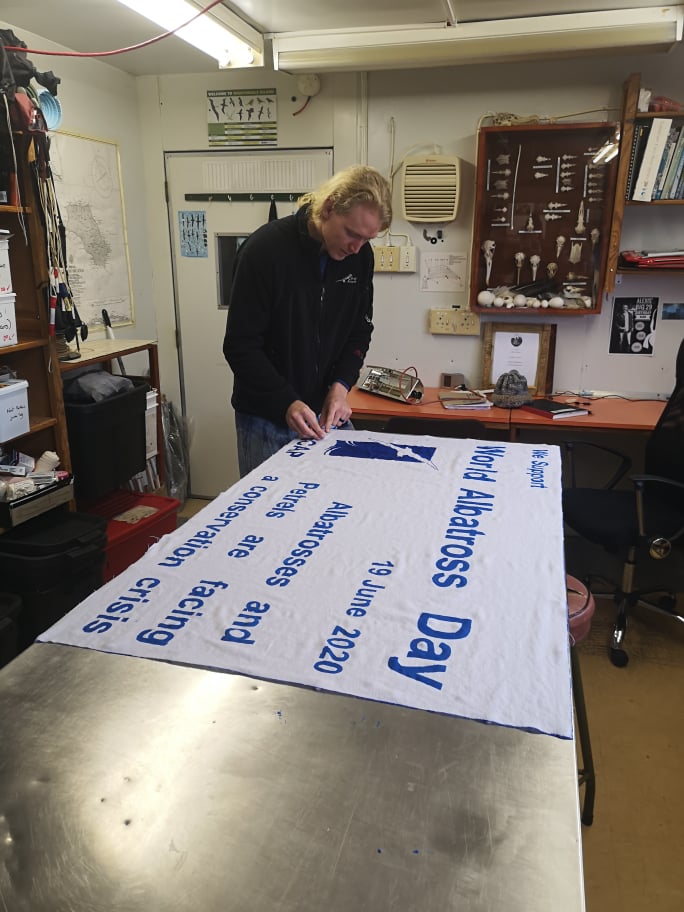
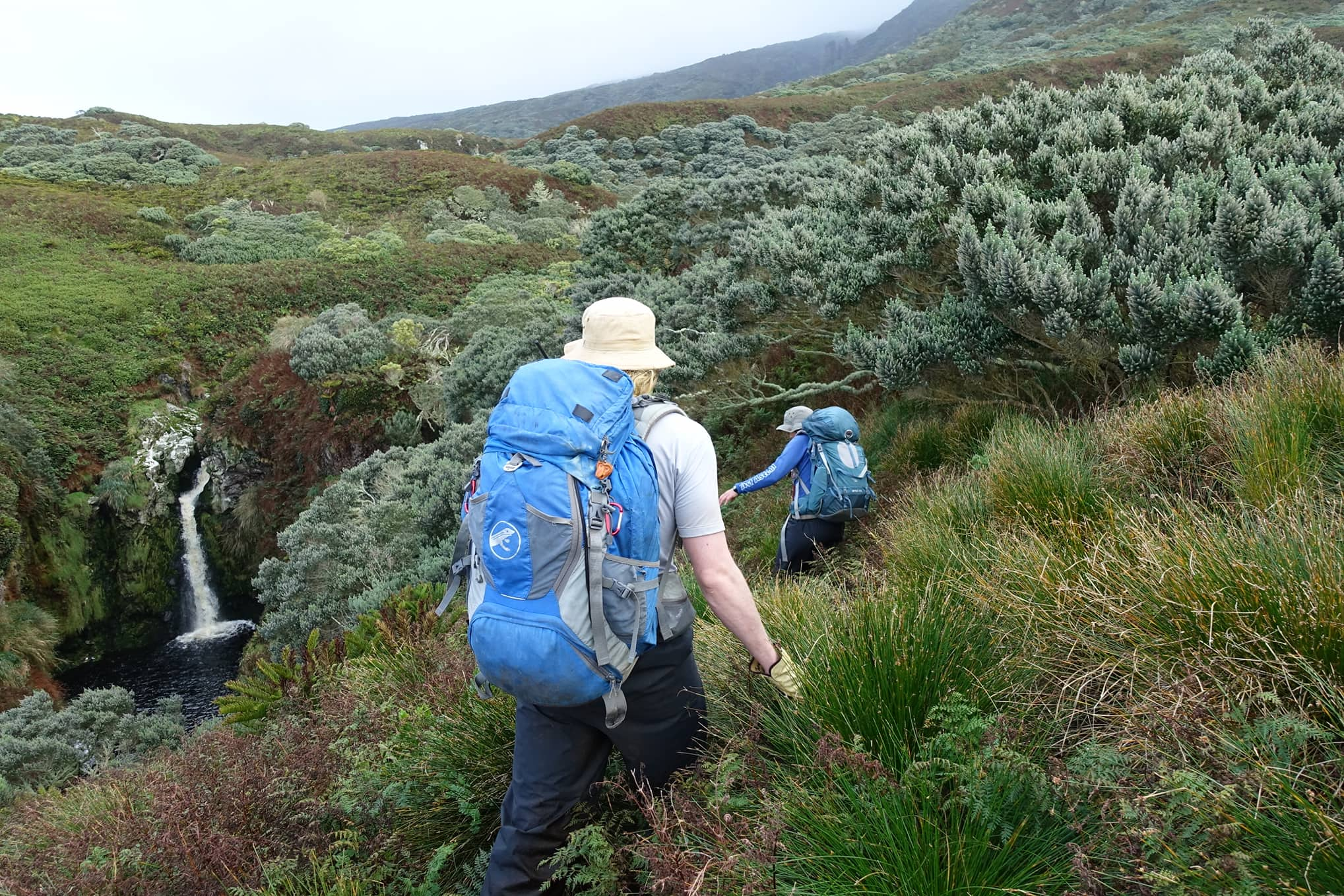
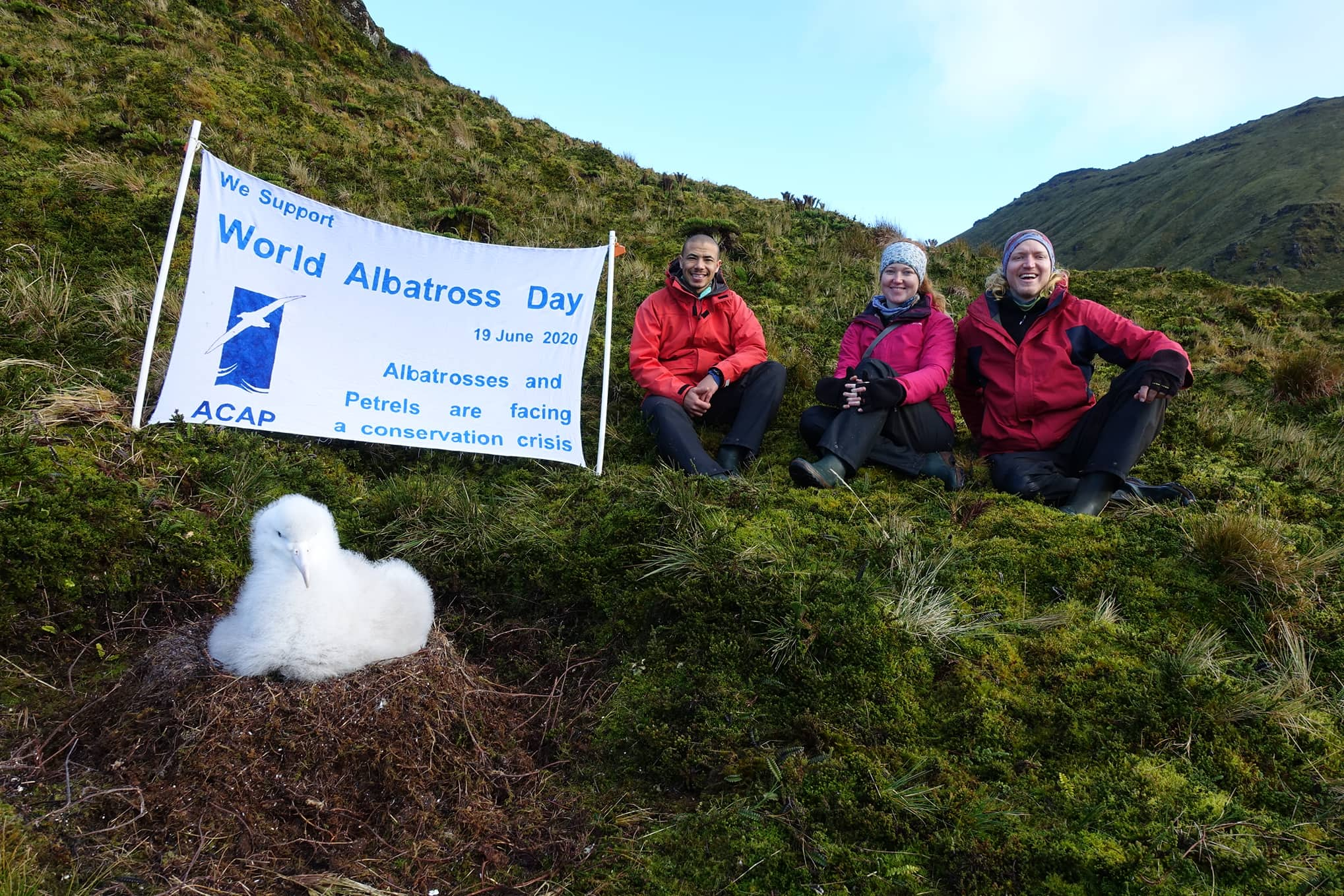
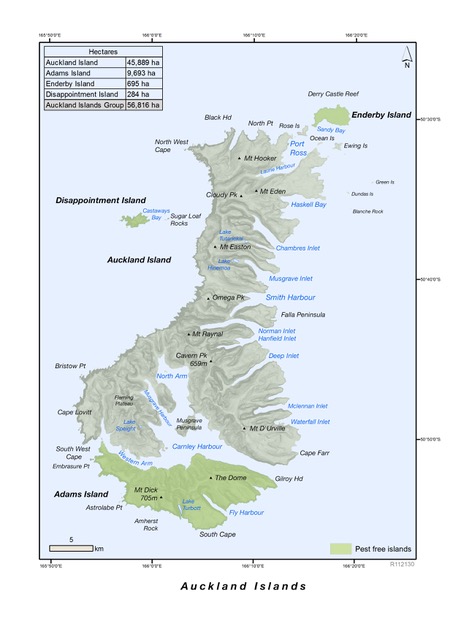 Field teams led by New Zealand’s Department of Conservation (
Field teams led by New Zealand’s Department of Conservation (